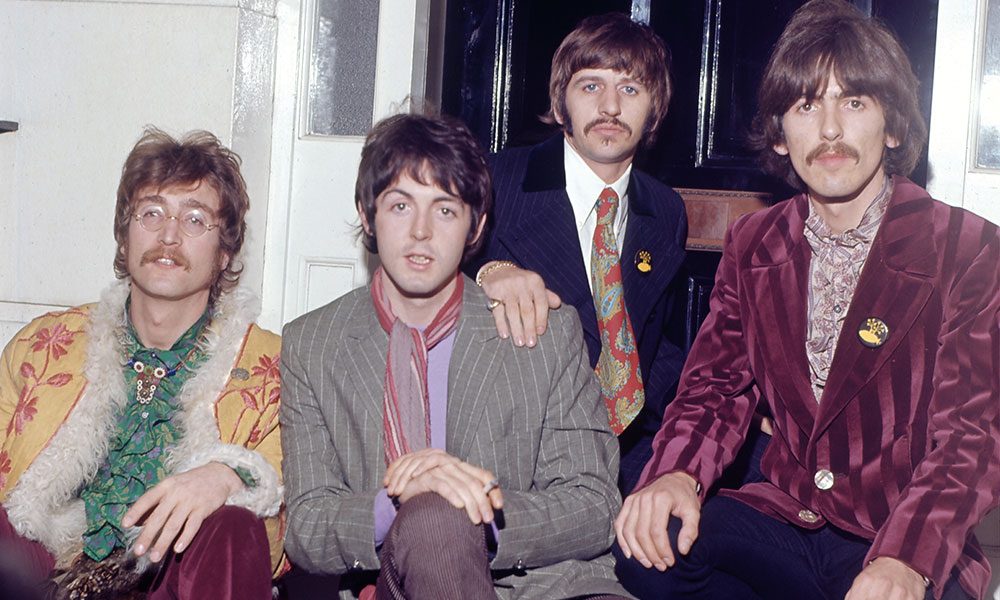In 1969, The Beatles released their eleventh studio album, Abbey Road, which features a collection of short tracks known as the “Abbey Road Medley”. The medley, which runs for a total of 16 minutes, provides a climactic end to The Beatles as a group.
This article delves into the story behind the “Abbey Road Medley”. Readers will learn about the origin of the medley, as well as the story and meaning behind each song. Through this exploration, readers will gain a deeper understanding of The Beatles and the significance of Abbey Road in their discography.
“You Never Give Me Your Money”
The opening track of the “Abbey Road Medley” is “You Never Give Me Your Money”. Paul McCartney wrote the song as a direct attack on the Beatles’ manager, Allen Klein. According to McCartney, the song was about Klein’s attitude towards the band, which he found to be unreliable and untrustworthy. The song was left unfinished, ending with a fade-out, which served as a precursor to the medley.
“Sun King”
Following “You Never Give Me Your Money” is “Sun King”. John Lennon wrote the song during the Beatles’ Transcendental Meditation course in Rishikesh. Originally titled “Here Come the Sun King”, the song’s name was shortened to avoid confusion with George Harrison’s “Here Comes the Sun”. The sound of the recording was influenced by Fleetwood Mac’s “Albatross”.
“Mean Mr Mustard”
“Sun King” transitions into “Mean Mr Mustard”, another Lennon composition. The song was inspired by a newspaper article about a miserly man named John Mustard, whose wife filed for divorce due to his stinginess. Lennon was not fond of the song, calling it “another piece of garbage”.
“Polythene Pam”
The fourth song of the medley is “Polythene Pam”, also written by Lennon. The song was inspired by several events in Lennon’s life, including a woman named Pat Hodgett who had a habit of eating polythene, earning her the nickname “Polythene Pat”. The song was also inspired by a novelist named Royston Ellis, who introduced Lennon to a woman dressed in polythene.
“She Came In Through the Bathroom Window”
The final Lennon composition in the medley is “She Came In Through the Bathroom Window”. The song’s genesis is rather unusual and addresses the devoted female fans of Paul McCartney, who turned into burglars in 1968. The song was inspired by a real-life event when a group of fans broke into McCartney’s home through a bathroom window.
“Golden Slumbers”
The penultimate song of the medley is “Golden Slumbers”. The ballad was based on the 17th-century poem “Golden Slumbers” by Thomas Dekker. McCartney stumbled upon the poem in his step-sister’s piano book and wrote his own tune to it.
“Carry That Weight”
Seamlessly following “Golden Slumbers” is “Carry That Weight”. All four Beatles sing in the chorus, which is a rarity for the group. The meaning of the song is ambiguous, but it generally addresses the turmoil within the Beatles at the time.
“The End”
The climactic end of the “Abbey Road Medley” is “The End”, written by McCartney. All four Beatles have a solo on the song, including the only drum solo by Ringo Starr in the entire Beatles catalog. The recording marked the last session involving all four Beatles, which is fitting to the song’s title. “The End” famously ends with the closing lyrics “And in the end/The love you take/Is equal to the love you make”. It is essentially a farewell from the Beatles.
The Legacy of The Abbey Road Medley
The “Abbey Road Medley” is a collection of mainly unfinished songs, but it is often considered one of the greatest feats by the Beatles. The medley was a collaboration between McCartney and producer George Martin, who saw it as a climactic end to the Beatles. John Lennon contributed three songs to the medley, but he was not a fan of the operatic sequence. Despite the criticism, most people involved with the medley were proud of it, including George Martin, Paul McCartney, and Ringo Starr, who called it “one of the finest pieces we put together”.

